
views
Choosing Your Location

Research stocking in your area. In many areas, channel catfish are stocked by the government or by landowners. Look into your specific region and see if some areas are stocked. Fishing a stocked area will increase your chances of catching a channel catfish. You can look on government websites for catfish stocking schedules and information or check with local farmers to see if they stock catfish in their ponds.
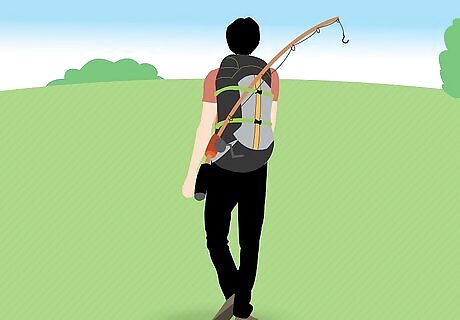
Pick a spot. You can find channel catfish in most kinds of water bodies including lakes, ponds, and rivers. Ask around and find out where people have the most luck catching channel catfish in your area. Or, you can just start trying out different locations for yourself. In the US, channel catfish are particularly common ranging from the Appalachian Mountains toward the central part of the United States. Channel catfish can only survive in fresh or brackish water, so don’t go looking for them in bodies of saltwater.
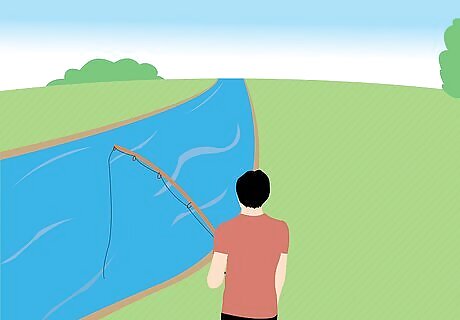
Look for areas catfish like to hide in. Catfish prefer submerged areas that give them something to hide in and provide them shelter from the water’s currents. Watch for fallen timber, large rocks, sunken boats, or other submerged debris that would give the catfish a nice, calm hiding place. These will be good areas to fish. Although clearer water is easier for you to see in, you will probably find more channel catfish in cloudy water. They prefer to hide, so the cloudier water near the bank or under a rock near a strong current are better places to look.
Using the Right Equipment
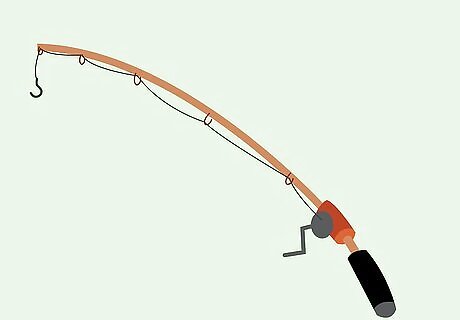
Pick your rod. To catch channel catfish, it is best to use a heavy action rod. These kinds of rods bend less in the body and make it easier to catch and reel in a larger sized fish, such as a big channel catfish. Catching catfish requires a much different skillset than, say, fly fishing. While fly fishing is very active, with repeated casts and constant movement, fishing for channel catfish is much more sedentary. It is about finding the right spot, using the right bait, and waiting for the catfish to be attracted and come to you.
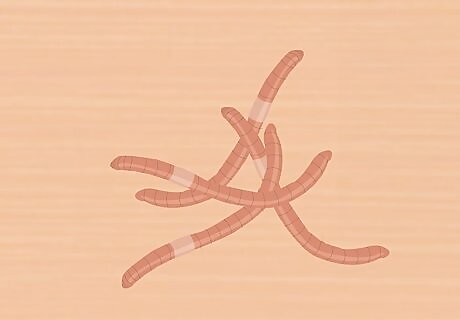
Select your bait. Research the location. If shad/chubs frequent the area, use cut bait, whole shad/chubs, or live shad/chubs. If not, use worms, doughbait, dip bait, or cut hot dogs. Usually, cut bait is the best because catfish are attracted by the odors of the bait. Using cut bait simply means that you slice up a smaller fish’s carcass to use as bait to catch a larger fish. You can cut it into sections (head, midsection, tail) or use slices of the body lengthwise. You should check your bait every 40 minutes or so to make sure that it is still there. This is often enough to be effective, but not so often that it will disrupt the fish and spook them away from your fishing area.
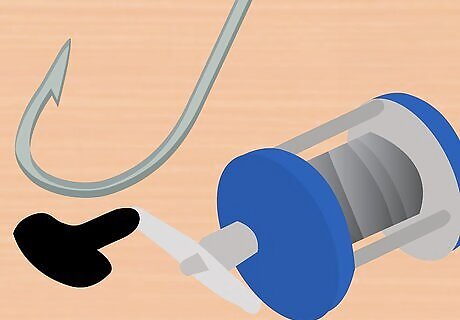
Choose your accessories. Use 20-30-lb line, 1/4 ounce weights, and sturdy hooks. Catfish can weigh up to 100 lbs, so it is important to get gear that can withstand the pull of a larger fish. Using sturdy hooks and strong 20 or 30-lb lines will help ensure that you won’t lose your fish once you hook him.
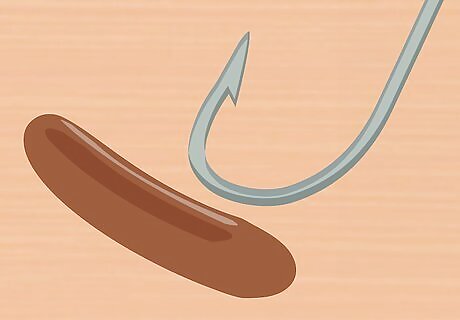
Select the proper hook for the type of bait you are using. Use a single shank, bait-holding hook for any form of shad/chub or the hot dogs. Use a treble hook for worms and doughbait. For dip bait, cut a piece of sponge into a cube, force the eye of a treble hook through it, and dip it in the dip bait.
Utilizing the Right Techniques
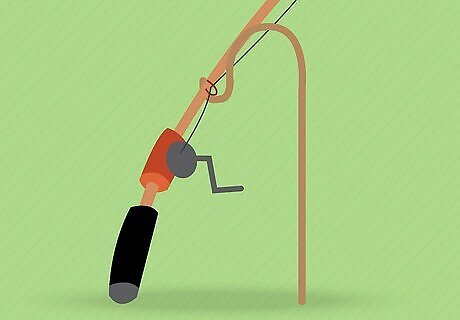
Use a sturdy holder. Catfish can pull with an enormous amount of force. If you aren’t careful, some of the bigger fish could easily pull you under with their strength. For this reason, it’s important to use a holder when fishing for channel catfish. If you are fishing from the shore, anchor the holder to the ground so that your pole will be connected more securely. If you are fishing from a boat, anchor the holder to the side of your boat.
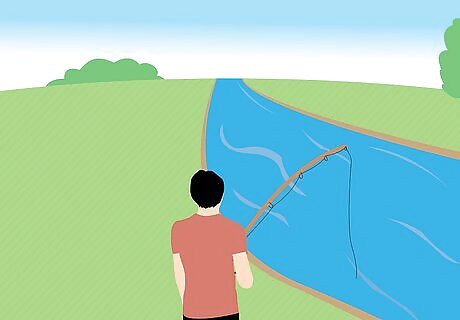
Wait it out. Channel catfish can be very lethargic, so be patient. You aren’t likely to get a hit right away. As with most fishing, it takes time and patience to catch channel catfish.
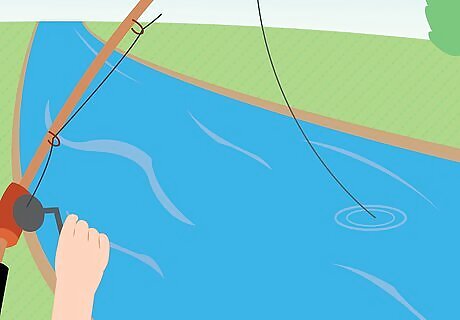
Watch for the signs. When your line straightens, the fish has your bait. Let the fish pull the slack out of your line before you start reeling. Set the hook and be ready to use your strength because these fish can and will fight until subdued.
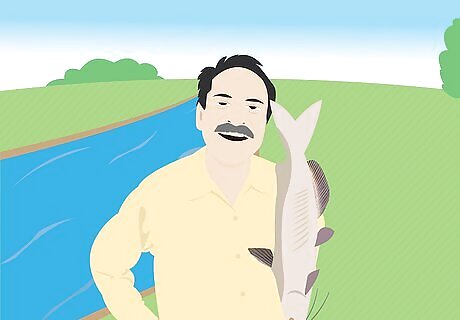
Adjust your methods with the seasons. Channel catfish behavior, as with that of most living things, varies from season to season. Knowing how to alter your fishing methods based on their seasonal behavior will greatly increase the likelihood that you will catch one, no matter what season you fish in. During the late winter and early spring, channel catfish prefer deeper water because it is slightly warmer. So during this time, try using a bait with a strong rotting odor (like cut bait). During the spring, summer, and fall, channel catfish are one of the only fish that can be caught in high stream flows. In these warmer months, melting snow and rain water cause the water levels to rise. Channel catfish are one of the few types of fish that can take on these stronger current flows. In the summer months, you can fish for channel catfish by wading in smaller streams. Use prepared bait for pan-sized catfish and chubs or cut bait for larger channel catfish. You can even catch channel catfish during the winter (even if you have to fish through the ice). You just need a little patience and some cut bait to attract the catfish from the deeper waters.


















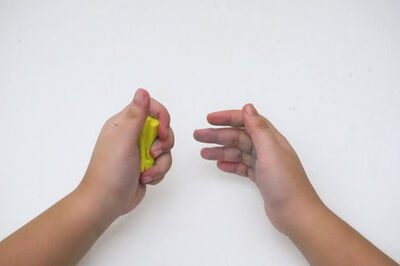

Comments
0 comment